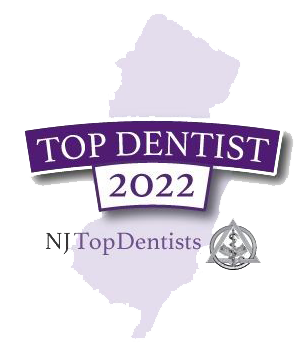Today’s neuromuscular dentists use state-of-the-art technology to determine if a patient’s symptoms are caused by malocclusion and if so, what a patient’s optimal jaw position is. Neuromuscular dentists use computerized jaw tracking instruments to record jaw movement, resting position, and path of closure. Electromyography is used to measure a patient’s jaw’s muscle function in both its stressed and relaxed positions, and will also measure the jaw-to-skull relationship to see if there is a structural imbalance. Sonography is used to record jaw joint sounds to detect any abnormalities. Additionally, x-rays of the jaw may be taken to help evaluate the condition and positioning of the joint.
TMD/TMJ Treatment
Once a patient’s dentist has diagnosed him or her with Temporomandibular Joint Syndrome or TMJ/TMD, he or she can determine the best course of treatment for a patient’s specific needs. Typically treatment will follow three steps:
- Relieve muscle spasm and pain.
The immediate concern for neuromuscular dentists is to provide relief of a patient’s symptoms. The best way to do this is by using a technology called ULF-TENS. ULF-TENS stands for Ultra Low Frequency Transcutaneous Electrical Neural Stimulation. Basically, ULF-TENS is a way to relax muscles with a gentle massage of the muscles. The rhythmic pulsing relaxes the muscles by increasing blood flow and pumping out waste products. ULF-TENS also helps with pain relief by stimulating the body’s production of endorphins, the body’s natural anesthetic. - Stabilize the bite.
Often for this step a temporary device, known as an orthotic is worn over the teeth. The orthotic allows a patient’s neuromuscular dentist to make easy adjustments to the device without adjusting the teeth until the bite is stabilized. Once symptoms have been relieved and the bite is stable, a patient’s dentist will move on to the next step to permanently adjust a patient bite to the correct position. - Long-term management.
There are a variety of ways to correct a patient’s bite in a permanent way. Four of the most common of these approaches are outlined below:
- Coronoplasty/Equilibration
Coronoplasty is reshaping the enamel of the teeth to correct a patient’s bite. This is a simple procedure that does not require anesthesia and is used when the bite is only slightly misaligned. - Removable Overlay Partials
These are permanent orthotics that fit on the back teeth or molars and are designed to maintain an aligned bite. - Reconstruction
This approach involves making the teeth higher or giving them more vertical space by using crowns. This realigns the bite and provides structural support for the jaw. - Orthodontics (Braces)
When the teeth are healthy again, they may be moved into the most optimal position using braces.
If you or a loved one maybe suffering from TMD, call the Headache & TMJ Center of New Jersey today for a free consultation at 855.TMJ.DOCS or 855.865.3627.

